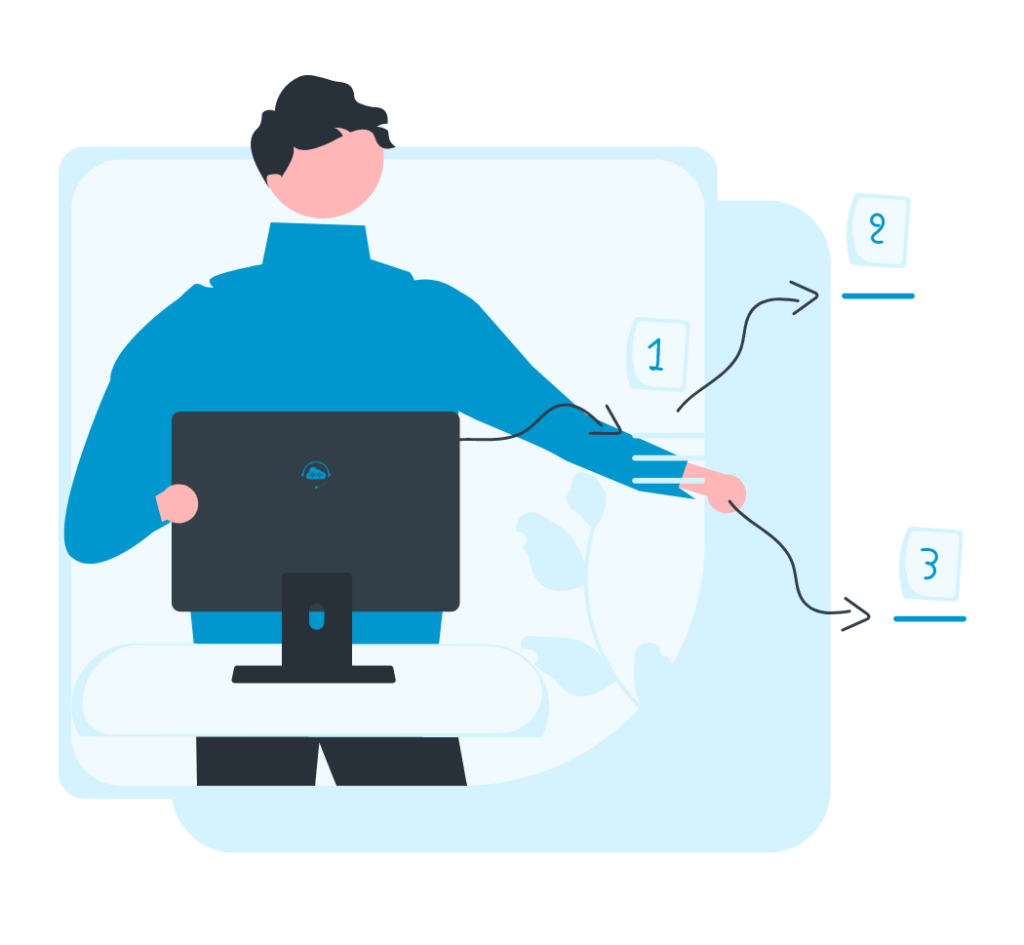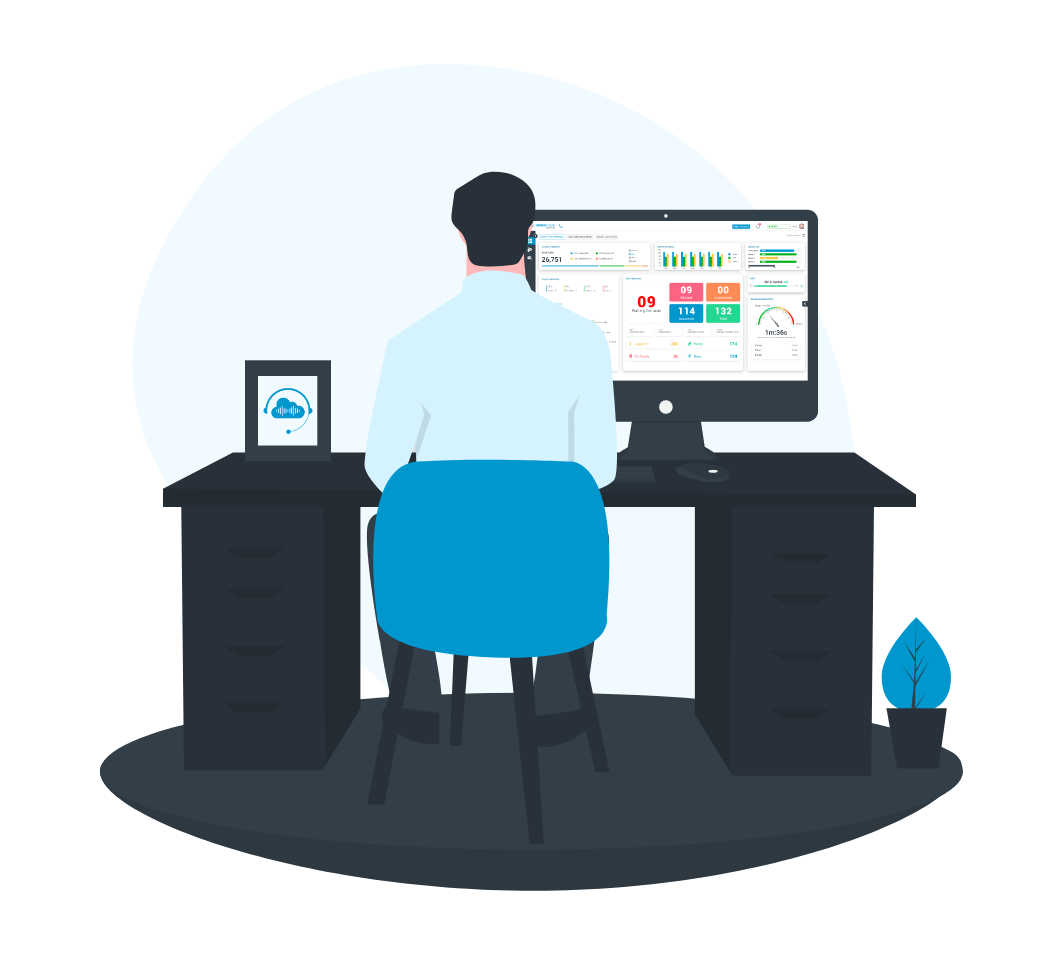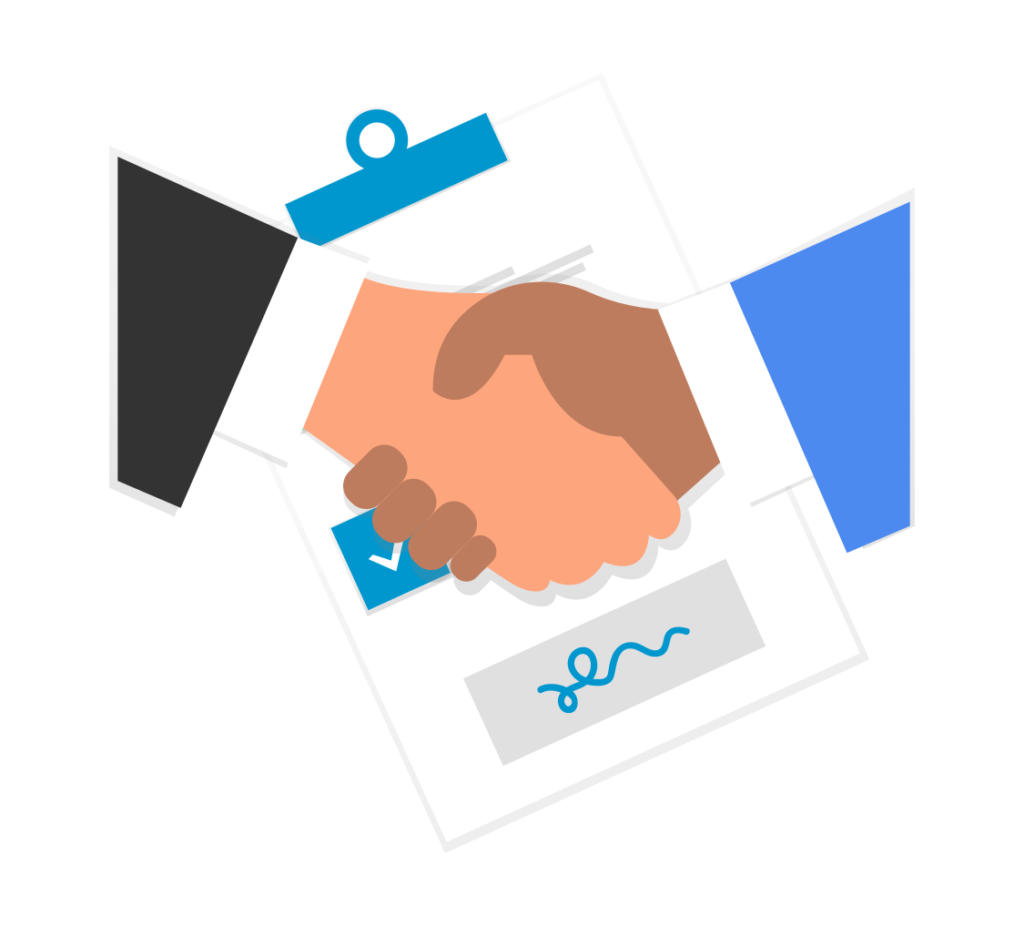Key Performance Indicators (KPIs) and contact centres go together like fish and chips.
When contact centre platforms were developed, agents’ performance started being measured by technologies, such as reporting, BI and analytics, that generates a blizzard of statistics.
With this KPI data, contact centre managers can track almost every aspect of an agent’s working life to the second.
A brief history of KPIs
In fact, KPIs are nothing new.
The first recorded KPIs were devised by the Emperors of the Chinese Wei Dynasty in approx. AD 250. They would measure the “performance” of various family members who were competing for their attention and favours.
The father of gamification
Robert Owen, a 19th-century pioneer of industrialism, devised his own rudimentary KPI. Painted wooden cubes were hung over each worker in the mill to display how well he was performing. Other workers, looked at them and were motivated to compete and spin more cotton, and so change the colour of their cubes. You might say that Robert Owen was also the father of gamification.
As work became industrialized, psychologists, HR managers and operations research consultants developed more ways to measure employee performance.
In the 1980s, when Mrs Thatcher was PM, the public sector adopted KPIs in great depth to measure the performance of organizations which were never intended to make money. Previously, their performance had been considered largely immeasurable.
The impact of IT
The impact of Information Technology did for the office what the assembly line did for manufacturing. Many office tasks were redefined as repeatable processes. ERP systems used by large companies could generate massive amounts of data, giving managers in offices the kind of insights that had only been available in manufacturing.
The contact centre industry adopted this data-driven approach from the very beginning. This is why no contact centre application is complete without its own reporting module. This is why reporting for Amazon Connect is so essential.
Theoretical perspectives
“If you can’t measure it, you can’t manage it”. This has long been the mantra of the contact centre profession, but are we necessarily measuring the right things? Here are 2 approaches to categorizing KPIs.
The value chain approach
Michael Porter, the industrial economist, applied the concept of the assembly line to any business process, where raw materials and parts went in one end and finished products left the other end.
Any activity that directly contributed to products being manufactured and sold was seen as a part of the value chain. Any activity that was not directly related was considered to be a “support activity”.
KPIs can be seen as measuring parts of a value chain. They can be classified under the following headings:
Inputs – Process – Outputs – Outcomes
Inputs: These are the financial and non-financial metrics that cover what happens before the call starts. This can include recruitment and training metrics or the running costs of facilities. Many of Porter’s “support costs” would be seen in this category.
Process: (Also known as Activities or Operations): These are the metrics that measure what is happening from the moment the caller is connected to the IVR to the moment the agent finishes entering wrap-up data and puts himself back into “ready” state. A lot of these numbers are to be found on systems providing reporting for Amazon Connect.
Outputs: These metrics are related to the finished calls, e-mails, chats or cases seen as finished units of work. In contact centres, these could be numbers of calls handled, the number of cases closed, sales per hour etc. They might also include CSAT scores related to a specific call.
Outcomes: These are usually harder to define and more specific to the business. They measure the effect the contact centre has on the business as a whole. If you were to ask your CFO “Why do you give the contact centre a budget?”, she would tell you what she expects the contact centre to do for the company. That would be the outcome.
For outbound contact centres, outcomes, such as sales or debt recovery revenues might be fairly obvious. For inbound contact centres, this may be less quantifiable. A technical support contact centre doesn’t make the company any money, but it may reduce customer churn. This saves the company from spending money on additional sales to backfill for the customers who have left.
The ”3 Es” approach:
This perspective is a lot more focused on the financial angle. The key categories here are as follows:
Economy – Efficiency – Effectiveness
Economy is all about how much things cost. It is closely related to metrics for inputs and includes staff wages, rents, running costs for technology etc. Since “support costs” cannot be attributed to a specific unit of work, they would be included here.
Efficiency is a refinement of Economy and looks at unit costs. These KPIs guide users to start thinking about how resources can be stretched further. A lot of “Process” metrics such as AHT and FCR fall into this category. These will be found in any contact centre tool that provides reporting for Amazon Connect.
Effectiveness is closely related to Outputs and Outcomes and how well the contact centre serves the business. In a return On Investment (ROI) calculation, an Effectiveness metric is most definitely the “Return” rather than the “Investment”. Contact centre Effectiveness metrics might be revenues attributes to the contact centre, subscription renewal rates, complaints clear up rates etc.
Categorizing contact centre KPIs
The table below shows a collection of contact centre KPIs and how they are classified according to these theoretical frameworks.
| KPI | Value Chain | “3 Es” |
| Agent absenteeism | Input | Economy |
| Agent turnover | Input | Economy |
| Occupancy Rate | Input | Economy |
| Agent employment costs | Input | Economy |
| Facilities costs | Input | Economy |
| % of calls blocked | Process | Efficiency |
| Average time in the queue | Process | Efficiency |
| Average Speed of Answer | Process | Efficiency |
| Abandon rate | Process | Efficiency |
| Hold time | Process | Efficiency |
| AHT | Process | Efficiency |
| Average After Call Work Time | Process | Efficiency |
| Cost per call | Process | Efficiency |
| FCR | Output | Efficiency / Effectiveness |
| CSAT | Output | Effectiveness |
| Call Quality Scores | Output | Effectiveness |
| Sales / PtPs per hour | Output | Efficiency / Effectiveness |
| Complaints clear up rates as % of total | Outcomes | Effectiveness |
| % of customers renewing subscriptions | Outcomes | Effectiveness |
| % of customers not renewing subscriptions | Outcomes | Effectiveness |
| % of customers requesting MAC codes to transfer to other providers | Outcomes | Effectiveness |
| Revenues per call | Outcomes | Effectiveness |
Most of the “standard” KPIs fall into the “Input / Economy” bucket or the “Process / Efficiency” bucket.
All of the Economy and most of the Efficiency KPI data can be gathered easily and quickly within the contact centre. The contact centre platform which provide reporting, including those that provide reporting, wallboards and dashboards for cloud contact centres can provide most of this data in real-time.
While Sales / Promises to Pay Per Hour are fairly easy to collect, other outputs and outcomes data may not become apparent for some time. Customer loyalty can be measured most effectively by subscription renewals or repeat purchases. Depending on the product, this may take months or even years to become apparent.
Changing times, changing measures
As we move deeper into the 21st century, perhaps it’s time to re-evaluate the emphasis on Economy and Efficiency based KPIs.
New technology – new metrics
Technology has given contact centres other measurement tools to evaluate agent performance.
Post call survey technology can collect the reactions of customers shortly after speaking to an agent. Customers communicate their feelings in an NPS score or some other CSAT measurement. This gives the contact centre immediate feedback on customer perceptions.
Many speech analytics solutions include emotion detection. They can be configured to identify and count calls where customers express anger. Some can be configured to identify where the anger appeared in the call.
Where a customer is angry at the start of the call, but calm by the end of it, this represents a “win” for the contact centre. Where a customer starts the call calmly but is angry by the end, this is usually not such a positive result.
Both of these metrics are related to the emotional state of the customer. In the value chain model, they would represent outputs or outcomes. In the 3 Es model, they would indicate Effectiveness. It would not be difficult to include either in contact centre reporting systems, especially those that provide reporting and analytics for cloud contact centres.
Automation and Emotional Intelligence
COVID 19 has accelerated the move from face to face to online business.
Simple tasks are being automated using websites and smartphones. These solutions are doing the “Tier 1” agents’ jobs, pushing the humans into the role of the “Tier 2” agent.

Agents need to have a deeper knowledge of their products and systems. The tasks they handle are becoming more complex. Agents need to have better interpersonal skills since their customers are more likely to be frustrated after struggling with automated applications.
Naturally, as cases become more complex, Average Handling Times will go up.
Humans are becoming customers’ last resort. It may be more appropriate to concentrate on the Effectiveness measures since now, if we compare the contact centre to a football team, the agents are the goalkeeper.
About OMNINGAGE:
OMNINGAGE develops software solutions for Amazon Connect (Cloud Contact Centre).
We offer a most modern and data-driven cloud-based Agent Desktop for Amazon Connect. The platform is called OMNINGAGE Connect. It is also available on Amazon Marketplace.
https://aws.amazon.com/marketplace/pp/B08CHNNJCT
What sets our products apart from the rest is our focus on “agent/user experience” which helps businesses to promote agent engagement, reduce agent fatigue and boost productivity and customer experience. The other key business outcomes are:
• Average Handle Time Reduction
• Increased First Call Resolution (FCR)
• Higher Customer Satisfaction
• Reduction in Agent Attrition
The platform is available globally on AWS and integrates with a variety of CRM and back-end applications to offer a single-window operation to users.
Share this blog on Social Media:








